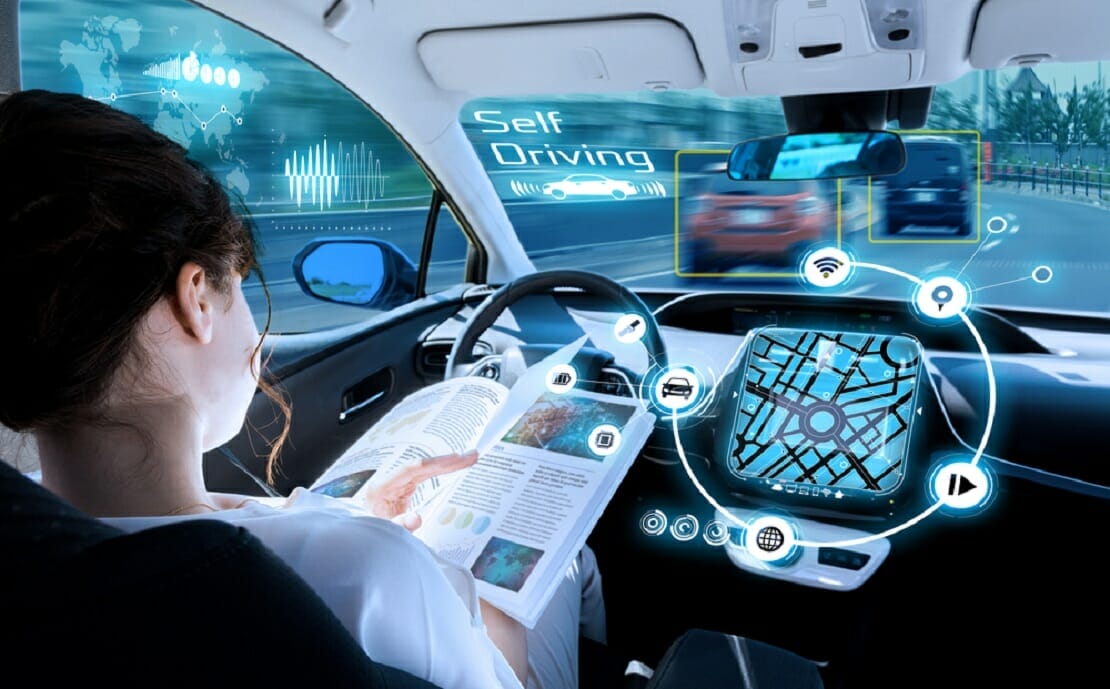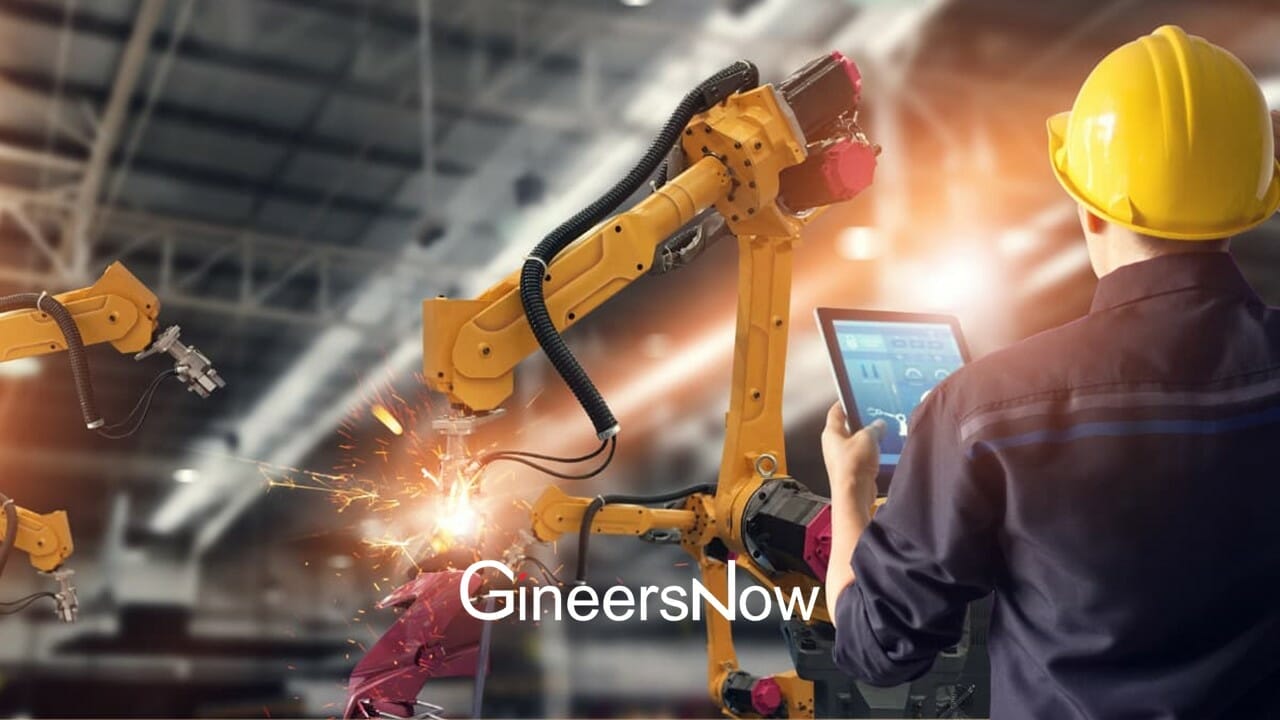New Technology Safety On The Roads
Car accidents happen in the U.S. every 60 seconds, reports the National Highway Traffic Administration, and that equates to over five million accidents per year. Factors such as reckless driving and poorly designed intersections or road systems are just a few of the main causes of accidents. Across the globe, engineers in top vehicle manufacturing companies are making great strides when it comes to devising new safety systems that overcome both driver and road limitations, with many technologies already in place and others set to change the face of life on the road as we know it in the near future.

Current Engineering Feats
Driving under the influence, speeding, or using a phone while driving, report personal injury specialists at Lopez Law Group, are some of the leading causes of accident-caused injuries and fatalities. Over 33,700 die in motor vehicle accidents owing to reasons such as speeding, DUI, and texting while driving. Other accidents, however, occur even when drivers are alert and focused, yet many drivers are still liable for ensuing damage and personal injury. This is the case, for instance, when a driver fails to brake quickly enough when the car directly in front of a driver comes to a sudden stop, and a collision occurs. Currently, there are many engineering developments that are already working to reduce this type of event. Thatcham Research shows that common features of some of the safest cars on the road include autonomous emergency braking (AEB) systems, adaptive cruise control, and blind spot indication systems – all of which are stepping stones to fully autonomous, driverless vehicles.
Improved Testing
Vehicle testing is a key way for engineers to identify potential flaws in the current driving experience, and engineers at Volvo are showing how ahead they are in this speciality, having recently created ‘the ultimate driving simulator’ using the latest gaming tech. The system comprises a steering wheel with haptic feedback, a moving seat, and a virtual reality headset. The simulator makes it difficult for testers to differentiate between reality and virtual reality, enabling testing teams to monitor body reactions under a wide array of traffic scenarios. The results enable engineers to develop new safety and autonomous vehicle features targeted at the problems their testing reveals.
LIDAR Sensors and Cameras
Engineers across the globe are working on the development of connected car and road systems via the use of LIDAR sensors and cameras. The latter, when placed in high-accident-risk zones such as intersections, enables law enforcement and road planners to detect all potential accidents in real time. As cars become increasingly more connected, the system will be used to warn vehicles of potential crashes. The system can also be used to provide real-time information on all moving objects – including pedestrians, cyclists and vehicles, for use by law enforcement and (in the future) drivers alike.
Sophisticated Biometrics
High-end manufacturers like Mercedes-Benz are currently working on the use of biometrics to determine the extent to which a driver is fit to be on the road. Sensors within the vehicle analyze the driver’s breathing and heart rate, for instance, to determine problems such as fatigue or sleepiness. Engineers are also working on biometric systems that identify drivers (so that keys become a thing of the past) via facial recognition. Connected cars of the future will be able to authenticate a driver, rejecting unauthorized users by limiting or removing their access to the car’s functions.
Despite big improvements in driver assistance, the number of road accidents in the U.S. continues to take many lives and cause injuries. Engineers are playing a big role in combating this problem, via technologies such as biometrics, LIDAR sensors, and improved testing. Already, autonomous emergency braking (AEB) systems, adaptive cruise control, and blind spot indication are helping to keep roads safer, though they are only the beginning of what will soon be a driverless car revolution.













